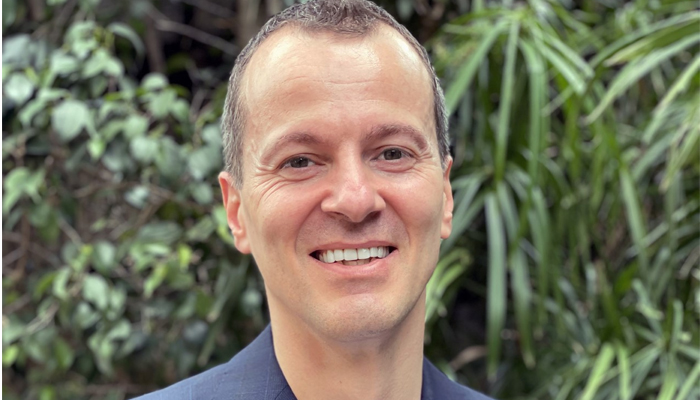New Relic published the 2022 Observability Forecast report, which captures insights into the current state of observability and its growth potential. As IT and application environments increasingly move toward complex, cloud-based microservices, the research found technology professionals have bold plans to ramp up observability capabilities to get ahead of issues that could impact customer experience and application security. At least three-quarters of respondents surveyed in Australia and New Zealand (ANZ) said C-suite executives in their organisations are advocates of observability, and more than three quarters (87%) saw observability as a key enabler for achieving core business goals, which implies that observability has become a board-level imperative.
The largest study of its kind, the second annual Observability Forecast from New Relic and technology market research firm ETR had 1,614 respondents globally, including 65% practitioners — day-to-day users of observability tools — and 35% IT decision-makers across 14 countries to understand their current use of observability tools and approaches, as well as their perspectives on the future of observability. The report reveals the technologies they believed will drive further need for observability and the benefits of adopting an observability practice. The report also highlights that across ANZ, the key driving factors cited for using observability were cost-cutting and tool consolidation.
According to the research, ANZ organisations today monitor their technology stacks with a patchwork of tools. At the same time, respondents surveyed in ANZ indicated they longed for simplicity, integration, seamlessness, and more efficient ways to complete high-value projects. Moreover, as ANZ organisations race to embrace technologies like blockchain, edge computing, and 5G to deliver optimal customer experiences, observability supports more manageable deployment to help drive innovation, uptime, and reliability. The 2022 Observability Forecast found:
- Only 30% had achieved full-stack observability by the report’s definition (the ability to see everything in the tech stack that could affect the customer experience). Just 8% had a mature observability practice by the report’s definition.
- More than a quarter (26%) said they still primarily detect outages manually or from complaints, and most (88%) used four or more tools to monitor the health of their systems.
- Almost half (43%) said they experience high-business-impact outages once per week or more, and 32% said they take more than an hour to resolve those outages.
- Just 10% said their telemetry data is entirely unified (in one place), and only 14% said the visualisation or dashboarding of that data is entirely unified.
- Half said they prefer a single, consolidated observability platform.
- Respondents surveyed in ANZ predicted their organisations will most need observability for artificial intelligence (AI), the Internet of Things (IoT), and blockchain in the next three years.
Peter Marelas, Chief Architect APJ, New Relic. Achieving Full-Stack Observability, said, “ANZ is home to a melting pot of different cultures and observability maturity levels. Despite many differences, findings in the 2022 Observability Forecast are echoing what we are hearing from best-of-breed businesses in the field: that shifting left by embedding observability into all parts of the software lifecycle is a key contributor to engineering success.”
Among the report’s key takeaways, the data supports a strong correlation between achieving/prioritising full-stack observability and experiencing fewer outages, improved outage detection rates, and improved resolution. For example, 33% of respondents surveyed in ANZ who indicated that they had already prioritised/achieved full-stack observability were also less likely to experience the most frequent high-business-impact outages (once per week or more), compared with the 43% who had not. In addition, 67% who said they had already prioritised/achieved full-stack observability also said it takes less than 30 minutes to detect high-business-impact outages, compared with the 39% who had not.
The research implies that the ideal state of observability is one where engineering teams monitor the entire tech stack in all stages of the software development lifecycle, employ mature observability practice characteristics, and have unified telemetry data and a unified dashboard or visualisation of that data — ideally in a single, consolidated platform. Half said they prefer a single, consolidated observability platform, yet none were using one tool for observability.




